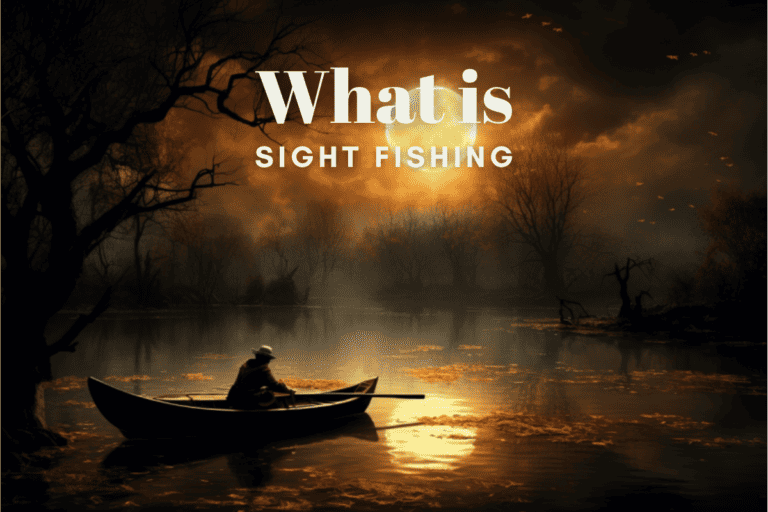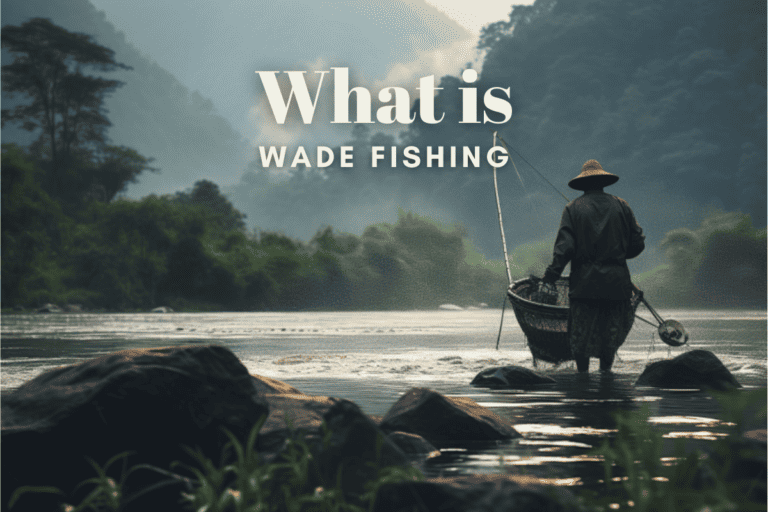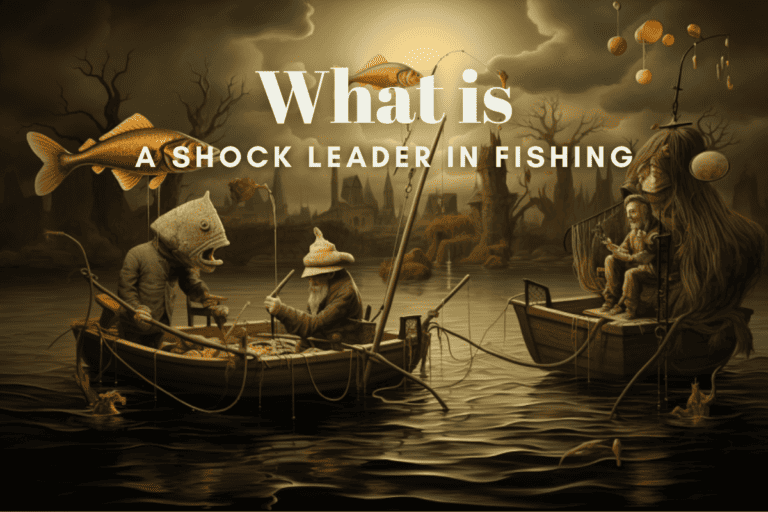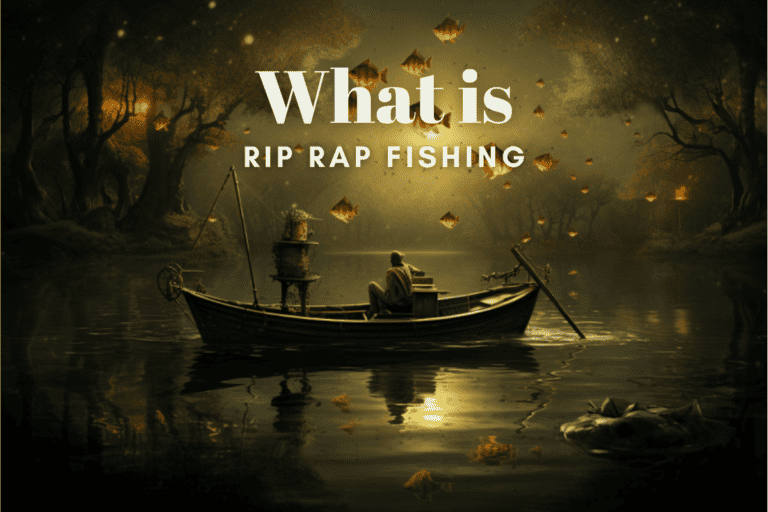What is Terminal Tackle in Fishing? A Complete Guide
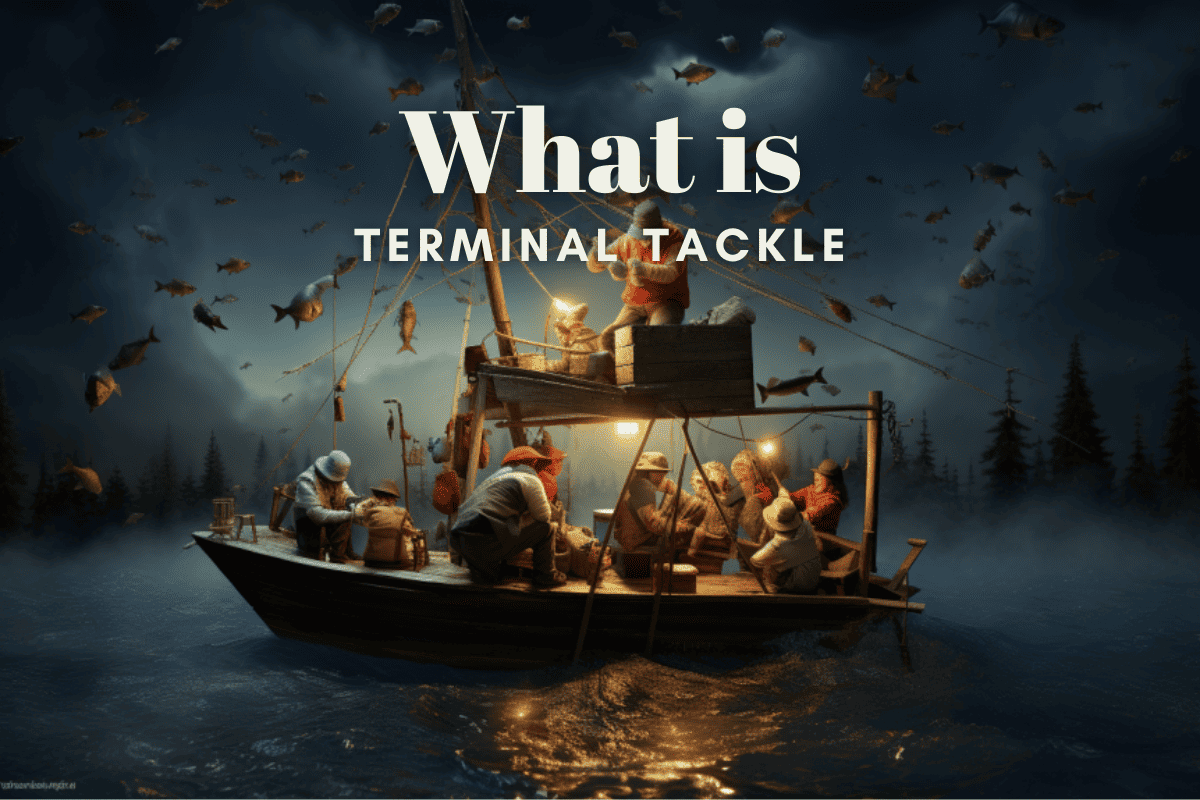
Fishing is an age-old activity that has evolved significantly over the years. From the rudimentary tools of ancient civilizations to the advanced gear of today, fishing equipment has seen a vast transformation.
One of the essential components in modern fishing is terminal tackle. But what exactly is it? Let’s dive in.
What is Terminal Tackle in Fishing?
Terminal tackle refers to the various equipment items attached to the end of a fishing line, including hooks, sinkers, floats, swivels, and more, used to present the bait and catch fish.
Now that we’ve established a foundational understanding let’s delve deeper into the world of terminal tackle.
The Components of Terminal Tackle
- Hooks: The most fundamental piece of terminal tackle. Hooks come in various sizes and shapes, each designed for a specific type of fish or fishing technique. From J-hooks to circle hooks, the variety ensures that there’s a hook for every angling need.
- Sinkers: These are weights used to sink the bait to the desired depth. They come in different shapes and weights, from split-shot sinkers to pyramid sinkers, each designed for specific fishing conditions.
- Floats/Bobbers: These are buoyant devices attached to the fishing line to keep the bait at a specific depth and indicate when a fish bites. They can be as simple as a cork ball or more complex, like slip bobbers.
- Swivels: These small devices prevent the fishing line from twisting, especially when using spinning lures. They also provide a connection point between the mainline and leader.
- Leaders: A leader is a short strand of line attached between the hook and the main fishing line. It’s often made of a material tougher than the mainline, ensuring that sharp-toothed fish don’t bite through.
- Lures: Artificial baits designed to mimic real fish prey. They come in various shapes, sizes, and colors, from soft plastics to hard-bodied lures, each tailored for specific fish species and water conditions.
- Beads: Small plastic or glass spheres threaded onto the line above the hook. They add color and noise, attracting fish.
- Snaps: These are fasteners that allow anglers to switch out lures quickly without tying knots each time.
Why is Terminal Tackle Important?
- Versatility: With the right assortment of terminal tackle, an angler can adapt to various fishing conditions, whether fishing in freshwater, saltwater, shallow waters, or the deep sea.
- Increased Success Rate: The right terminal tackle can make the difference between a successful fishing trip and going home empty-handed. It ensures that the bait is presented in the most enticing manner to the fish.
- Protection: Components like leaders ensure that once you hook a fish, it doesn’t break free, especially if it has sharp teeth or a strong pull.
Choosing the Right Terminal Tackle
- Research: Before heading out, research the type of fish you’re targeting. Different fish require different terminal tackle.
- Local Bait and Tackle Shops: These stores are treasure troves of information. The staff usually have a good idea of what works in the local waters.
- Experiment: Fishing is as much an art as it is a science. Don’t be afraid to try out different combinations of terminal tackle to see what works best.
Caring for Your Terminal Tackle
- Rinse After Use: Especially if you’ve been fishing in saltwater, ensure that you rinse all your terminal tackle with fresh water to prevent corrosion.
- Regular Inspection: Before every trip, inspect your terminal tackle for any signs of wear or damage. A rusted hook or a frayed leader can cost you a big catch.
- Organized Storage: Use tackle boxes with compartments to store different types of terminal tackle. This not only keeps them in good condition but also ensures that you can find what you need quickly.
Final Thoughts

Terminal tackle might seem like small, inconsequential pieces of equipment, especially when compared to the more prominent components like rods and reels. However, they play a pivotal role in determining the success of your fishing expedition.
By understanding each piece’s function and ensuring you have a diverse collection in your tackle box, you’re setting yourself up for a rewarding fishing experience. Whether you’re a seasoned angler or just starting, always remember: it’s often the smallest details that make the biggest difference.
Frequently Asked Questions (FAQ)
Q: What is terminal tackle?
A: Terminal tackle refers to the fishing equipment that is attached to the end of your fishing line. It includes hooks, weights, bobbers, and any other gear that is used to catch fish.
Q: What are the common types of terminal tackle?
A: The common types of terminal tackle include hooks, weights, sinkers, swivels, snaps, bobbers, and fishing line.
Q: How does terminal tackle work?
A: Terminal tackle is used to attract fish and secure them once they are hooked. Hooks are used to catch the fish, weights and sinkers are used to sink the bait to the desired depth, and bobbers are used to suspend the bait at a specific depth.
Q: What is the purpose of a hook in terminal tackle?
A: Hooks are an essential part of terminal tackle as they are used to catch the fish. They are available in different sizes and styles, such as treble hooks, worm hooks, and octopus hooks.
Q: What types of bait can be used with terminal tackle?
A: Terminal tackle can be used with a variety of baits including live bait, artificial bait such as plastic worms or crankbaits, and natural bait such as worms or insects.
Q: What are weights and sinkers used for in terminal tackle?
A: Weights and sinkers are used to add weight to the fishing line, allowing the bait to sink to the desired depth and ensuring that it stays in place.
Q: What is the function of a bobber in terminal tackle?
A: A bobber, also known as a float, is used to suspend the bait at a specific depth in the water. It alerts the angler to any movement or bite by indicating when a fish is nibbling the bait.
Q: What should I include in my tackle box for terminal tackle?
A: Your tackle box for terminal tackle should include a variety of hooks, weights, sinkers, swivels, snaps, bobbers, and fishing line. It is important to have a selection of different sizes and styles to accommodate different fishing conditions.
Q: How do I choose the right terminal tackle for my fishing needs?
A: The right terminal tackle for your fishing needs depends on various factors such as the type of fish you are targeting, the fishing technique you are using, and the fishing conditions you are facing. It is important to research and consult with experienced anglers to determine the appropriate terminal tackle for your specific fishing situation.
Q: Can terminal tackle be used for fly fishing?
A: Yes, terminal tackle can be used for fly fishing. While fly fishing typically relies on specialized equipment such as fly lines and flies, terminal tackle such as hooks, weights, and sinkers can still be used in certain fly fishing applications.
Q: How should I store my terminal tackle?
A: Terminal tackle should be stored in a tackle box or organizer that allows for easy access and organization. Proper storage helps protect your terminal tackle from damage and ensures that it remains in good condition for future use.
